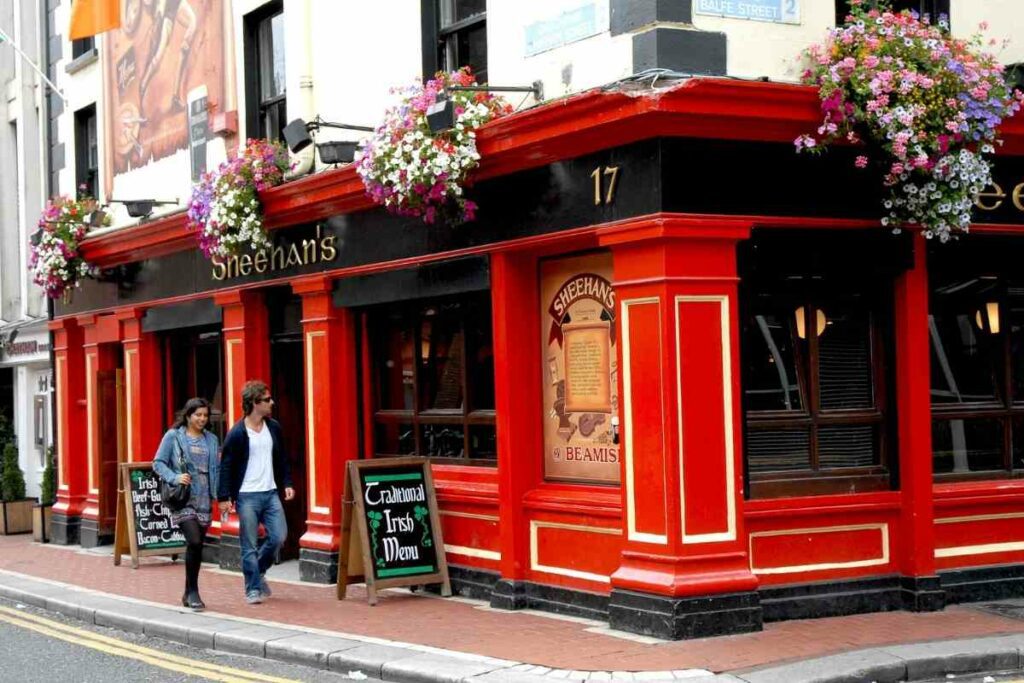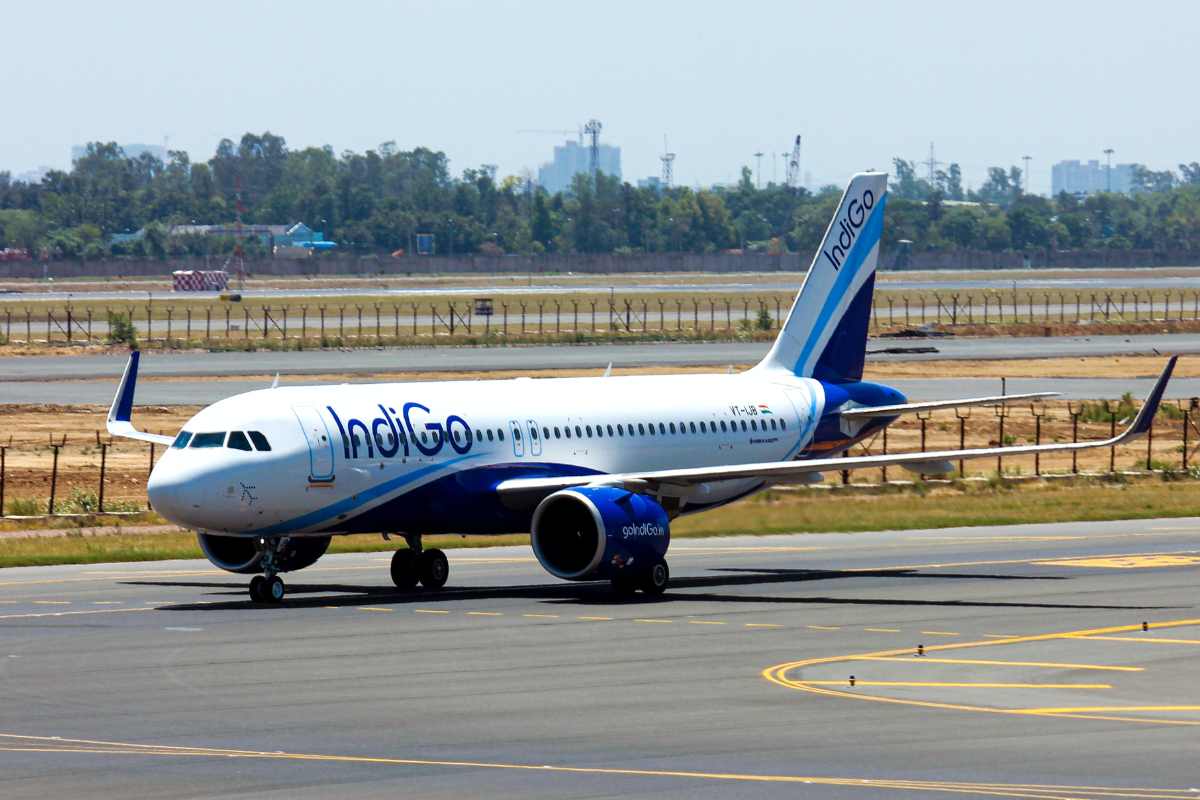There’s a simple answer to the question ‘Is Ireland expensive to visit?
Yes, Ireland is an expensive place to visit.
You can, however, mitigate for such expenses by planning your trip, flights and accommodation in advance and not stress while on your vacation.
Ireland Is Expensive
Ireland was deemed to be the 13th most expensive country in the world in 2020 according to CEOWorld.biz

For comparison, Switzerland ranked 1st while the USA ranked 20th.
Nonetheless, Ireland is a beautiful part of the world that millions of people visit every single year – and not just people with an Irish heritage.
If you’re budgeting for a trip to Ireland, you already know that you have to figure in the costs associated with hotels, flights, food, alcohol, and, of course, the sheep or Guinness souvenirs that you’ll want to buy while you’re there.
Fortunately – A trip to Ireland is likely to cost less than you think, especially if you give yourself some time before flying.
Do your research and don’t make too many impulse decisions on accommodation or travel. Let’s break it down.
How much is an average trip and how much should I budget per day in Ireland?
On average, it will cost around $2600 USD per week per person but this is just an average.
Keep in mind that the more time you give yourself to plan the trip, the more money you’ll likely save.
Airlines usually offer a discount for planning trips a minimum of two weeks in advance and if your dates are flexible, you can also find discounts offered by the hotels that are trying to fill in spots during times when not that many people are travelling.
The more time you give yourself, the cheaper your trip will likely be. Why?
The two main reasons are:
- Airlines and hotels frequently offer automatic discounts for booking your trip in advance. You don’t have to do anything special to get the discounts; just book early!
- The extra time allows you the opportunity to explore airlines, hotels, rental car companies, etc. in order to locate any discounts that they might be offering during that timeframe.
Be flexible
If your dates are flexible, you can save even more because both hotels and airline companies have “slow” days of the week and offer discounts for those days to entice people to stay there.
Let’s say that you’re planning to leave on June 5 but June 4 is considered a slow day for a hotel.
They may offer you an automatic discount for June 4 to bring their numbers up and it can save you a lot of money in the meantime.
Another reason to plan your trip ahead of time is that you can make sure that you get to do the things that are important to you.

Do you want to sample the wild berry which a warm summer and early fall sunshine causes to burst onto every hedgerow you see?
The taste explosion of equally sweet and sour blackberry is simply unforgettable.
If you want to pick ripe blackberries along some beautiful, quiet country lane, you can’t very well go there in December, can you?
No, you have to be there in the early fall (late August) to make sure that you can taste nature’s bounty while ripe.
Planning early helps you do just that.
But In the End – The biggest advantage of planning a trip far in advance is that you get to save yourself some money. Whether you’re on a budget or not, this can make your trip to Ireland much more enjoyable.
And now that we have that out of the way, let’s take a look at the things that you’ll be spending money on if you’re planning a trip to Ireland.
Lodging
When it comes to accommodation, both the prices you’ll pay and the rooms themselves can be quite different.
If you’re in Dublin, you’ll be paying more per night than if you were staying in most other places, such as Killarney or Galway.
One good suggestion is to schedule your Dublin rooms for during the week when they are less expensive.

You can always move to a location further out on the weekend to save yourself some money and you’ll still be close enough to Dublin to enjoy everything it has to offer.
Dublin’s transportation system of both Luas (tram) and bus is quite good so make sure to check proximity to either or both if you’re planning on staying out side of the city center.
As far as accommodation in Ireland, most center around the following types of facilities.
Hotels
They vary so much in price that it is worth it to do some exploring to make sure that you get the best deal in the end.
Although it’s tempting to book a luxury hotel when you’re visiting a place such as Ireland, keep in mind that for all practical purposes, you likely won’t be spending much time there.
So, you might as well save yourself some money and find at least a mid-range hotel or even something cheaper.
That Way – You can save your money for the attractions and souvenirs that you’re looking forward to getting.
Hostels
Today’s hostels may surprise you because they often have spacious rooms, nearby or private bathrooms, common areas that are clean and attractive.

And lots of activities in the evenings so that you can get to know the other travelers.
Although many people will shun hostels because of the lack of privacy, these facilities are, in fact, getting much better in every way possible.
You can even go online and see photographs of their rooms to help put your mind at ease about choosing this option.
Irish B&Bs
A good bed and breakfast is the perfect way to get to know Ireland and it’s people.
Known for their comfortable rooms, extraordinary hospitality, and delicious authentic Irish food (the full Irish), they are the perfect place to stay if you’re interested in enjoying a true Irish experience.
They can be more or less expensive than other options so it’s best to do your research before you decide for sure to choose one of these elegant facilities.
Consider – You can also choose a great Airbnb if you want to stay in a private residence and feel a little more at home each day. You can find additional information on these facilities by going online.
What is the cheapest month to fly to Ireland?
If you’re going to Ireland for vacation, you’ll have to fly there regardless of where you live.

If you visit websites that allow you to estimate airline costs, you’ll notice that they fluctuate quite a bit and a lot of this fluctuation occurs between different times of the year.
When you’re visiting Ireland, keep in mind that certain times are more expensive than others; this includes:
- December anywhere near Christmas
- During the summer months of June to August
- And in March, especially around St. Patrick’s Day (March 17)
Most travel experts recommend planning a trip to Ireland in the springtime, namely April and May, and the fall months, which means September and October.
Although the winter months are generally less expensive as well, you have to remember that many travel agencies offer discounts during that time of year to make it more tempting for people to book during those months.
Because of this, off-season rates can be a little higher than you were expecting.
If you go to Ireland in April, May, September, or October, you can enjoy smaller crowds, generally better weather, and the opportunity to visit all of the attractions that you’re interested in.
Of course, this doesn’t mean that you shouldn’t shop around between airlines because the prices between airline companies can vary quite a bit.
Food and Drink

Just because you’re in Ireland doesn’t mean that you have to drink a lot.
In fact, if you don’t count alcoholic beverages, eating meals in Ireland isn’t necessarily expensive.
While they’re not exactly cheap either, you can count on spending:
- $10 to $15 for breakfast
- $15 to $20 for lunch
- and roughly $30 for dinner
A per-day expense of around $55 to $65 per person.
If you’re wondering how much is a cup of coffee in Ireland?
You can expect to pay approx $3 for a take away or between $3-$4 for a sit in.
Read later – Do You Tip In Dublin?
You can save some money by choosing a hotel that offers free breakfast but it’s good to remember that these are average prices that don’t include alcohol.
Let’s Face It – Part of the reason why many people visit Ireland is to enjoy the pub experience, and pubs can be expensive. Expect to pay between $6 to $7 for stouts and beers in cities like Dublin, Cork and Galway.
Rural pubs can be cheaper and more authentic.
In general, budgeting for approximately $55 to $65 per day for food and drink is a smart decision on your part.
How to Get Around
For the most part, people get around in Ireland by either renting a car or using their excellent public transit system, which includes both trains, trams and buses.

While buses tend to be cheaper, if you’re travelling long distances, say from one area of the country to another, trains are certainly more comfortable and treat yourself if you have the budget for it.
Of the choices, however, buses are far more affordable and many of them now offer perks such as free WiFi.
If you want to get from Dublin to Cork the best way is by using Aircoach.
Aircoach goes from Dublin airport to Dublin City center and then non stop to Cork City Center. It’s an increasingly popular method of seeing the two main cities in Ireland.
If you decide to rent a car, you get the advantage of going where you want to go, when you want to go there.
However, Americans in particular need to be aware of a few things that can affect this decision, which include:
- In Ireland, people drive on the left-hand side of the road. Although this can be a little challenging, you should be able to get used to it quickly.
- Most rental car companies have very few, if any, vehicles that are automatic transmission. Most are standard transmission so you’ll have to know how to drive this type of vehicle if you choose to see Ireland via a rental car.
- The roads in Ireland can present some challenges that you might not be used to. The city roads tend to be extremely crowded while the country roads are often narrow, winding, unmarked, and sometimes even filled with sheep or cows.
In our opinion, use public transport within cities, and, if you have a license, hire a car when visiting anywhere outside of the big cities.
The freedom to go where you want via car is best when travelling around rural Ireland.
Regardless of which option you choose to see Ireland, most of them have websites that allow you to view their prices so that you can get an estimate of what they’ll cost, making it a little easier to plan for your trip.
Plan Your Sightseeing
From UNESCO World Heritage sites to unique, picturesque villages and so much more, Ireland truly offers something for everyone.

If you’re planning to stay mainly in Dublin, you should check out their Dublin Pass, which allows you to visit dozens of sites at discount prices and lets you skip the long entry lines as well.
You can save a lot of money with these passes and there’s a lot of information online about which sites they give you access to, in case you have a particular attraction in mind.
There are also tour companies in areas such as Blarney Castle, Cliffs of Moher, and Giant’s Causeway.
Their day trips are a great way to see these sites without overspending on them.
You can take advantage of these trips without having to drive there yourself because many of them offer free pickup from your hotel.
They are convenient, a lot of fun, and very affordable as well.
The best news is that, thanks to the Internet, you can go to these companies’ websites and get an estimate of how much each place is going to cost you, allowing you to draft that part of your budget so that you can prepare yourself for how much you’ll have to spend on it.
Some of the leading Tour Operators in Ireland are:
Tips to Save You Money on Your Trip to Ireland

While vacations to places such as Ireland are often considered times to kick back and splurge so that you can get the most out of the experience, if you want to save money by not going overboard, there are some things you can do to help you accomplish that.
These include the following tips:
- Many credit card companies offer discounts on airline tickets, hotel rooms, and even certain attractions. So check with your credit card company. Some of them also offer free tickets to certain events and attractions so checking with them before you go is a great idea.
Read Later – Best Credit Card To Use In Ireland
- If you rent a car, make it a small one. Rental car companies offer per-day rates that are usually lower for smaller cars so you can save yourself a lot of money by going with a smaller vehicle.
- Eat a big breakfast and a small lunch. Breakfast meals are usually less expensive than lunches so if you splurge at breakfast time, you can save yourself some money come lunch time.
- Keep track of the VAT you’re paying. In Ireland, just as in the rest of Europe, they collect a value-added tax (VAT) on everything you purchase but if you’re outside the EU, you may be able to get that back come tax time. Keep all of your receipts from your trip and check with your accountant to see if you can get this money back at tax time.
Is Ireland expensive – Conclusion
So, is Ireland expensive? It is but a trip to Ireland is a once-in-a-lifetime experience but this doesn’t mean that you have to wipe out your entire savings account in the process.
Ireland will always be an expensive place to visit but it’s good to know that there are some things you can do to cut back on your expenses so you can feel like a million bucks the entire time you’re there.
Related reading:



